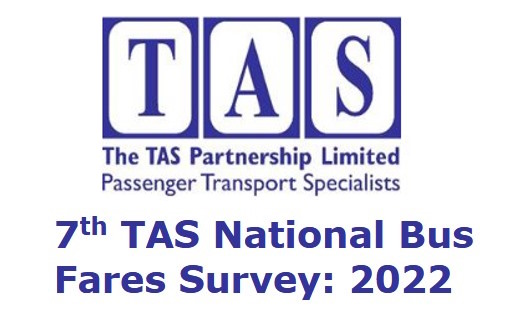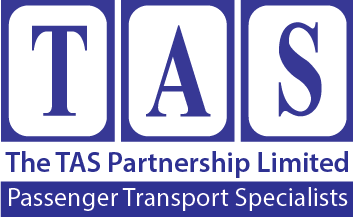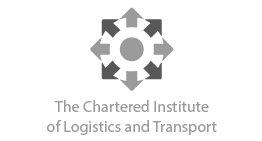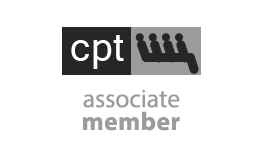‘Wheelchair space ruling fine – but new driver training needed’
Although the court of first hearing deemed reasonable adjustment would mean an absolute rule that the passenger occupying the wheelchair space should be made to get off the bus if the space was required by a wheelchair user and they couldn’t move elsewhere – the Supreme Court did not uphold that.

They identified various circumstances where forcible removal would be unreasonable, for example, if that person was themselves disabled or a child travelling alone. Moreover, their view was that unless the passenger was being obnoxious, the driver could not make use of the Conduct Regulations to have them ejected from the bus.
On the other hand, they did not support the operator’s procedure which started as a ‘first come first
served’ approach, followed by the driver ‘requesting’ the passenger to move but then giving up if they refused the request.
Although it was suggested that FirstGroup had carried out a review identifying the fact that people don’t like an overload of notices on the bus instructing them what they can or can’t do, and moved towards a softer ‘please’ approach, the Court pointed out that there was no evidence raised by any party as to the effectiveness of terminology on notices.
This clearly opens the argument that a stronger notice would be more useful such as: “Wheelchair users have priority access to this space. If it is needed for this purpose, you must vacate it” – possibly with a heading: “Equality Act 2010” to give it more clout.
This is an issue where the driver has to leave their cab and intervene – they therefore need training in how to achieve the best result. This is not a new concept. Drivers already have to do this when, for example, a passenger is harassing another passenger; the driver can use their powers under Conduct Regulations to make the offending passenger leave the bus.
However, our understanding is that training for drivers in how to use their Conduct powers is not always standard or thorough – and this is the crucial point. This suggests a need for new training in interacting with the general public. After all, today’s mantra is that these skills are more important or rather, equally as important as technical driving skills alone.
Ultimately, the driver needs to take a view on what is reasonable. If the driver had been working for Brighton and Hove, the driver would have contacted the control room to request an accessible taxi suited to an electric or manual wheelchair at no extra expense to the passenger and as part of its ‘Wheelchair Taxi Guarantee’ policy.
If, on the other hand, it was a five-minute frequency service, the driver might have put effort into suggesting that someone not in a hurry could get off the bus and wait for the next one, and endorsed a ticket to facilitate that.
There is clearly a lot of scope for a more active adjustment policy to achieve the underlying aim of giving disabled people better access to the system. They concluded that FirstGroup hadn’t gone far enough. I agree.
Director,
TAS Partnership
More News
Contact Us Today
We can help your transport operations


